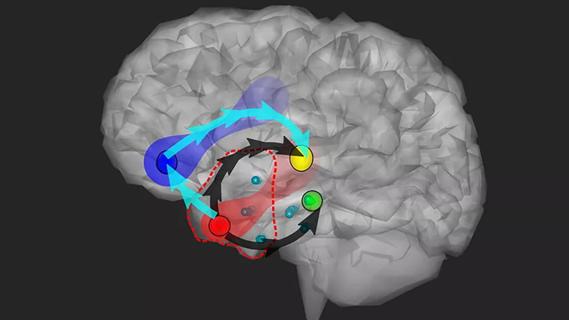Awareness of drug interactions and fetal risks is key to successful outcomes

By Elaine Wyllie, MD, and Jessica Fesler, MD
Advertisement
Cleveland Clinic is a non-profit academic medical center. Advertising on our site helps support our mission. We do not endorse non-Cleveland Clinic products or services. Policy
For women with epilepsy, family planning involves some unique issues. Whether a woman wishes to delay pregnancy until the time is right or prevent pregnancy long term, awareness of these issues will allow informed choices. Broaching the topic early — as soon as childbearing is a possibility — affords patients with epilepsy the opportunity to be proactive.
The first issue is that some seizure medications strongly induce the metabolism of hormonal birth control pills. These include carbamazepine, eslicarbazepine, oxcarbazepine, perampanel, phenobarbital, phenytoin, primidone and topiramate. The effectiveness of oral contraceptive formulations may be decreased by concomitant use of any of these inducing medications, and patients may experience breakthrough bleeding or pregnancy.
One way around this issue is to change to a seizure drug that does not interact with birth control pills. But if making such a change will not work for the patient, other contraceptive methods can be explored — and some have the added benefit of being longer-lasting. Hormonal injections can last up to three months, hormonal implants for up to three years, hormone-releasing intrauterine devices (IUDs) for six years and copper IUDs for 10 years.
For women taking an inducing seizure medication, the Centers for Disease Control and Prevention (CDC) has provided the following recommendations:
Advertisement
Another issue is that birth control pills can induce metabolism of the seizure medication. This comes into play for the many women with epilepsy who take lamotrigine. Estrogen-containing oral contraceptives, patches and rings induce the liver to eliminate lamotrigine more rapidly, causing the amount of lamotrigine in the body to be significantly reduced and increasing the risk for seizure recurrence. Progestin-only birth control pills do not have this effect on lamotrigine and may be an appropriate alternative.
Family planning is especially important for women with epilepsy. The good news is that most women with epilepsy have uncomplicated pregnancies and deliver healthy babies. But some seizure medications can affect fetal development. Taking multiple seizure medications or high doses can increase the risk, and certain medications pose more risk than others. Planning ahead allows time for the prospective mother and her doctor to consider whether any medication changes or adjustments would be appropriate. Another safeguard is to take folic acid, a prenatal vitamin, for at least several months before conceiving.
Two drugs warrant specific counseling. When used in the first trimester, both topiramate and valproate are associated with significantly increased risks for adverse effects in the baby:
Advertisement
For women taking either of these medications, effective prevention of an unplanned pregnancy is especially important.
Ensuring that pregnancy occurs only when desired can take some extra planning for women with epilepsy. When women are equipped by their physicians with knowledge about the interplay between drugs for contraception and seizure control, they can ensure that both remain effective.
Dr. Wyllie and Dr. Fesler are staff neurologists in Cleveland Clinic’s Epilepsy Center.
Advertisement
Advertisement

Researchers pair quantitative imaging with AI to improve surgical outcomes in nonlesional epilepsy

Phenotypic clustering study reveals four distinct disease trajectories

Patients with epilepsy should be screened for sleep issues

Sustained remission of seizures and neurocognitive dysfunction subsequently maintained with cannabidiol monotherapy

Progress in stereoelectroencephalography for epilepsy surgery evaluation since Cleveland Clinic performed the first U.S. case in 2009

Model relies on analysis of peri-ictal scalp EEG data, promising wide applicability

Study combines intracranial electrophysiology and SPECT to elucidate the role of hypoperfusion

Characterizing genetic architecture of clinical subtypes may accelerate targeted therapy